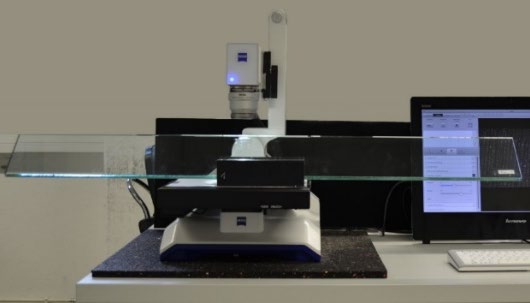Impact of Cutting Process Parameters on the Mechanical Quality of Processed Glass Edges
DOI:
https://doi.org/10.47982/cgc.8.418Downloads

Abstract
The inspection of glass edges is gaining in importance in research, as the strength of a glass edge has been found to be highly dependent on its processing. Glass edges are produced by cutting. Depending on their type, they may be additionally seamed, ground or polished in the grinding process. Cutting and grinding processes create mechanical interference in the brittle material, leaving flaws and cracks in the edge surfaces. The current state of the art presents cutting process parameters which correlate with minor flaws and a high glass edge strength. Research at the Technische Universität Dresden aims to understand the impact of grinding processes and to develop parameters for processing glass edges with a defined and reproducible optical and mechanical quality. To isolate observations of the grinding process from the cutting process, this paper examines the impact of cutting process parameters on further processed glass edges. Several different cutting parameter-sets formed the basis of various test series that were performed on specimens whose glass edges were processed by the same manufacturer. This paper presents an optical and mechanical examination of the specimens. The results show that higher optical and mechanical qualities of the cut edge and arrised edge can be obtained by adjusting the cutting process parameters. It had no major impacts on smooth ground and polished edges.
Published
Issue
Section
Strength & Stability
License
Copyright (c) 2022 Paulina Bukieda, Bernhard Weller

This work is licensed under a Creative Commons Attribution 4.0 International License.



